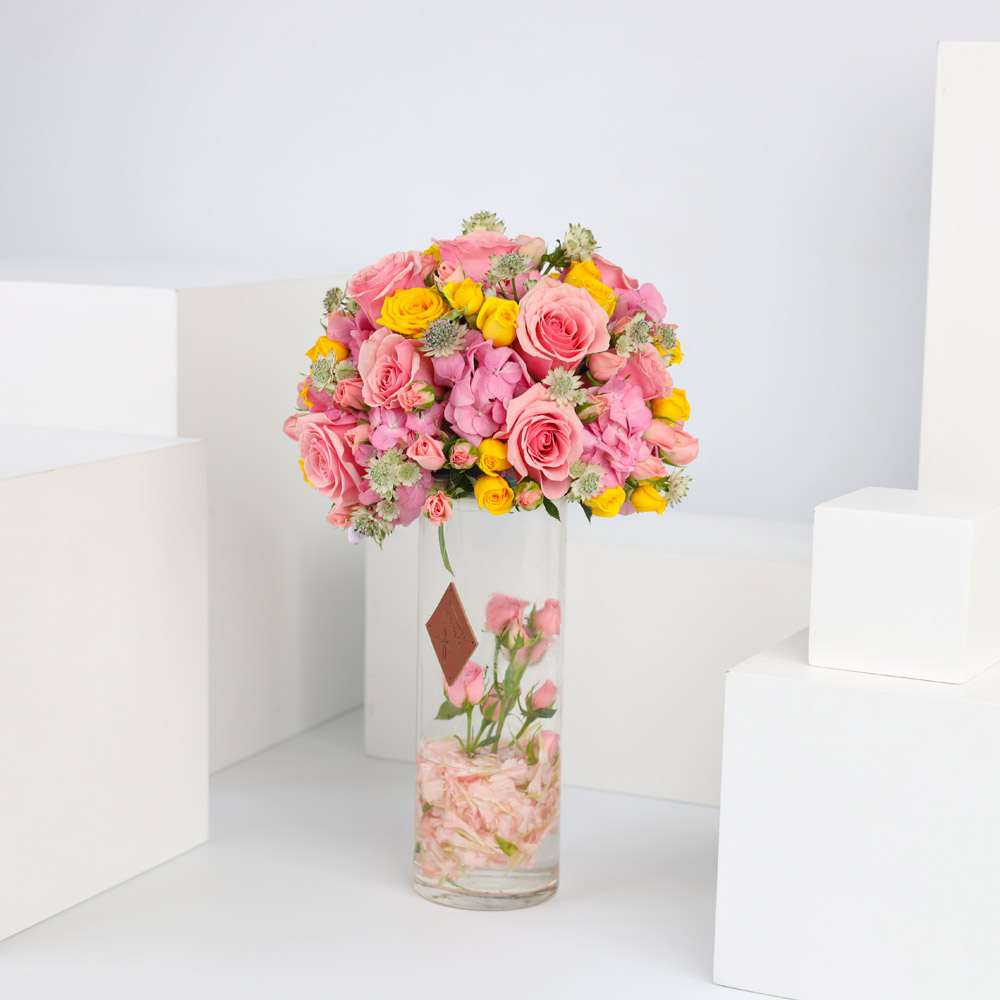Hydrangea Rosita: The Showstopper Shrub That Will Bloom All Summer Long
Hydrangea Rosita is a beautiful shrub that is known for its large, showy blooms. It is a member of the Hydrangea genus, which includes over 70 species of shrubs and trees. Hydrangea Rosita is native to Japan, and it has been cultivated in gardens for centuries.
The shrub grows to be about 6 feet tall and wide, and it produces large, conical blooms that can reach up to 12 inches in diameter. The blooms are typically pink or blue, but they can also be white or purple. Hydrangea Rosita blooms from early summer to late fall, making it a valuable addition to any garden.
In addition to its beautiful blooms, Hydrangea Rosita is also a relatively low-maintenance shrub. It is drought-tolerant and can withstand a wide range of soil conditions. It is also resistant to pests and diseases.
If you are looking for a beautiful and easy-care shrub for your garden, Hydrangea Rosita is a great option. It is sure to add a touch of elegance to your landscape.
Here are some additional details about Hydrangea Rosita:
- Pests and diseases: Hydrangea Rosita is generally resistant to pests and diseases. However, it can be susceptible to powdery mildew, especially in humid climates. If you notice powdery mildew on your plant, you can treat it with a fungicide.
- Soil and water requirements: Hydrangea Rosita prefers moist, well-drained soil. It is drought-tolerant, but it will produce more blooms if it is watered regularly.
- Sun exposure: Hydrangea Rosita prefers full sun to partial shade. It can tolerate some direct sunlight, but too much sun can scorch the leaves.
- Hardiness zone: Hydrangea Rosita is hardy in USDA zones 5-9.
Here are some tips for planting and caring for Hydrangea Rosita:
- Plant Hydrangea Rosita in the spring or fall.
- Choose a location in your garden that receives full sun to partial shade.
- Amend the soil with compost or manure before planting.
- Water the plant regularly, especially during the first year after planting.
- Fertilize the plant in the spring with a balanced fertilizer.
- Deadhead spent blooms to encourage more flowering.
- Prune the plant in the spring to shape it and remove any dead or diseased branches.
With proper care, Hydrangea Rosita will thrive in your garden for many years to come.
If you're looking for a beautiful and easy-care hydrangea, the hydrangea rosita is a great choice. This deciduous shrub produces large, mop-head flowers that bloom in shades of pink, red, and blue. The flowers are held on long stems, making them perfect for cutting and arranging. Hydrangea rosita is also relatively drought-tolerant and can thrive in full sun or partial shade.
To learn more about hydrangea rosita, I recommend visiting . This website has a wealth of information about the plant, including its care requirements, planting tips, and troubleshooting advice. You can also find photos of hydrangea rosita in bloom, as well as a forum where you can ask questions and get advice from other hydrangea growers.
FAQ of hydrangea rosita
- What is Hydrangea Rosita?
Hydrangea Rosita is a type of hydrangea that is known for its large, pink flowers. It is a deciduous shrub that can grow up to 6 feet tall. Hydrangea Rosita is native to Japan and Korea.
- What are the best growing conditions for Hydrangea Rosita?
Hydrangea Rosita prefers full sun to partial shade and well-drained soil. It is not tolerant of drought, so it is important to water it regularly during the growing season. Hydrangea Rosita also prefers acidic soil, so you may need to add some peat moss or sulfur to the soil when you plant it.
- How do I care for Hydrangea Rosita?
Hydrangea Rosita is a relatively low-maintenance plant. In addition to watering it regularly, you should also fertilize it once a year in the spring. You can use a balanced fertilizer, such as 10-10-10, or a fertilizer specifically designed for hydrangeas.
- What are the common pests and diseases of Hydrangea Rosita?
The most common pests of Hydrangea Rosita are aphids, scale insects, and Japanese beetles. You can control these pests with insecticidal soap or neem oil. The most common diseases of Hydrangea Rosita are leaf spot, powdery mildew, and root rot. You can prevent these diseases by watering your plant regularly and providing it with good air circulation.
- How do I propagate Hydrangea Rosita?
Hydrangea Rosita can be propagated by taking cuttings in the spring or fall. To take a cutting, make a clean cut just below a node. Remove the lower leaves from the cutting and dip the cut end in rooting hormone. Plant the cutting in a pot of well-drained potting mix and keep the soil moist. The cutting should root in about 4-6 weeks.
Image of hydrangea rosita
5 different images of "hydrangea rosita" from Pinterest:
- A large, full bloom of Hydrangea Rosita in a garden. The flowers are a deep pink color with a white center.

- A close-up of a single Hydrangea Rosita flower. The petals are a delicate pink color and the center is a bright white.

- A row of Hydrangea Rosita bushes in full bloom. The flowers are a light pink color and they are arranged in a beautiful archway.
- A Hydrangea Rosita flower in a vase on a table. The flower is a deep pink color and it is surrounded by green leaves.

- A Hydrangea Rosita flower in a terracotta pot. The flower is a light pink color and it is sitting on a windowsill.

Post a Comment for "Hydrangea Rosita: The Showstopper Shrub That Will Bloom All Summer Long"